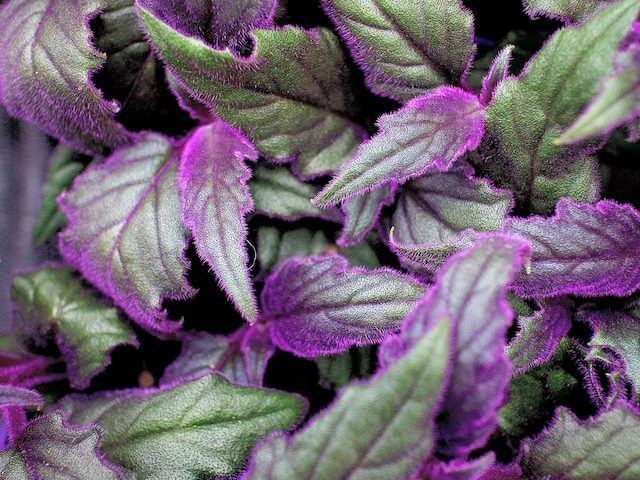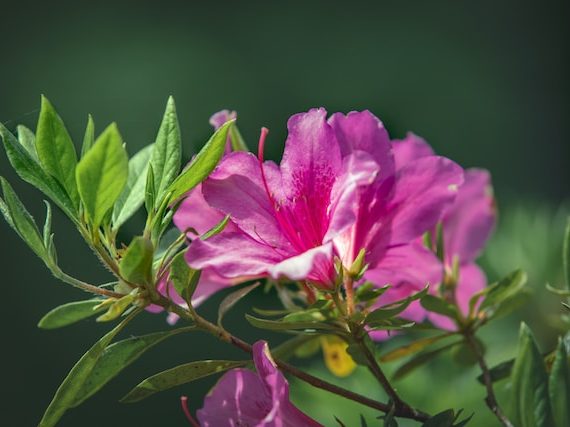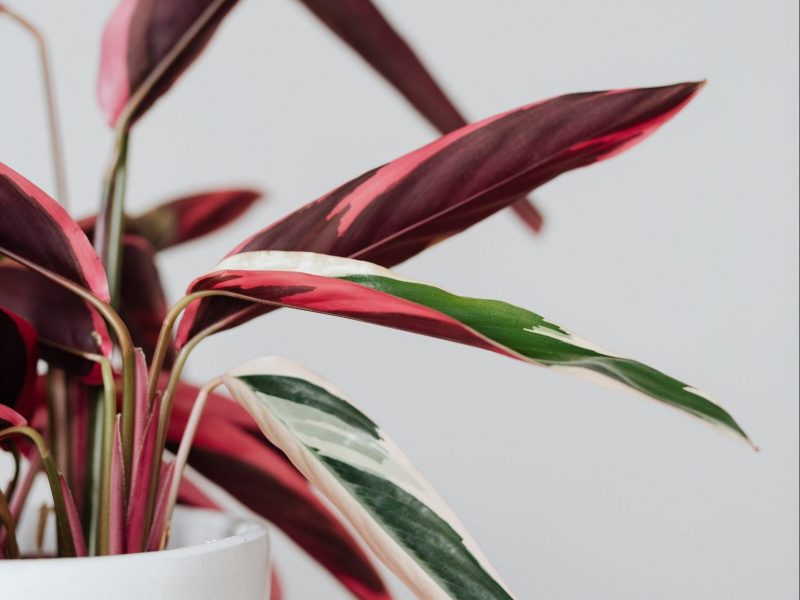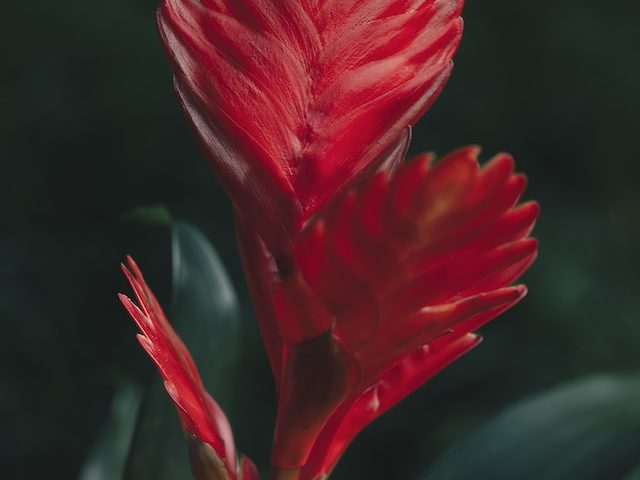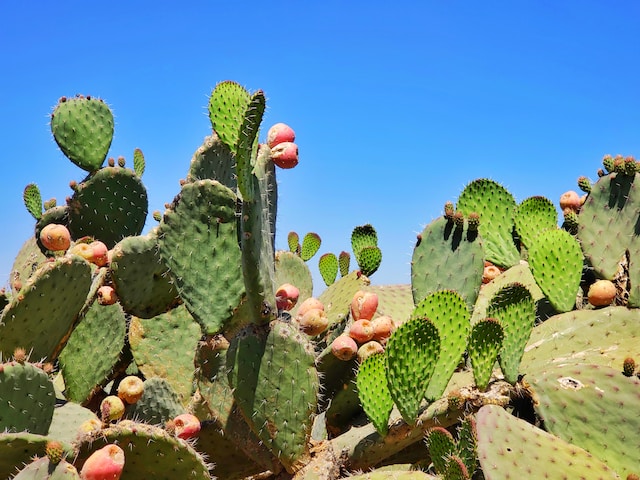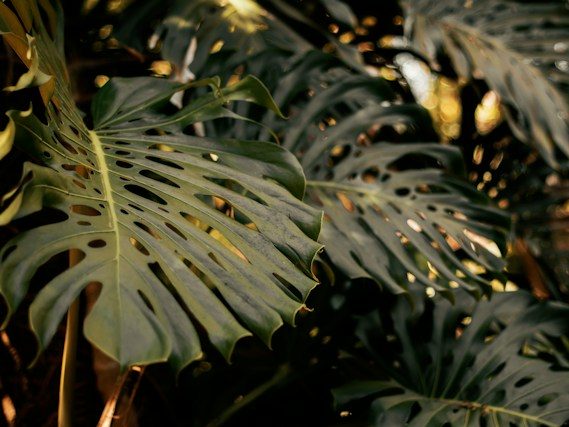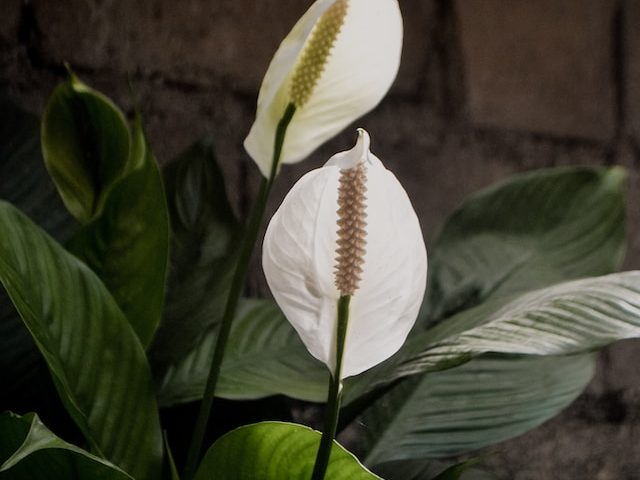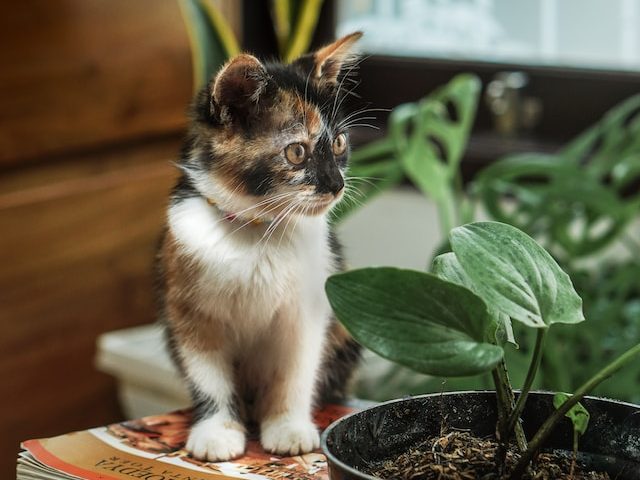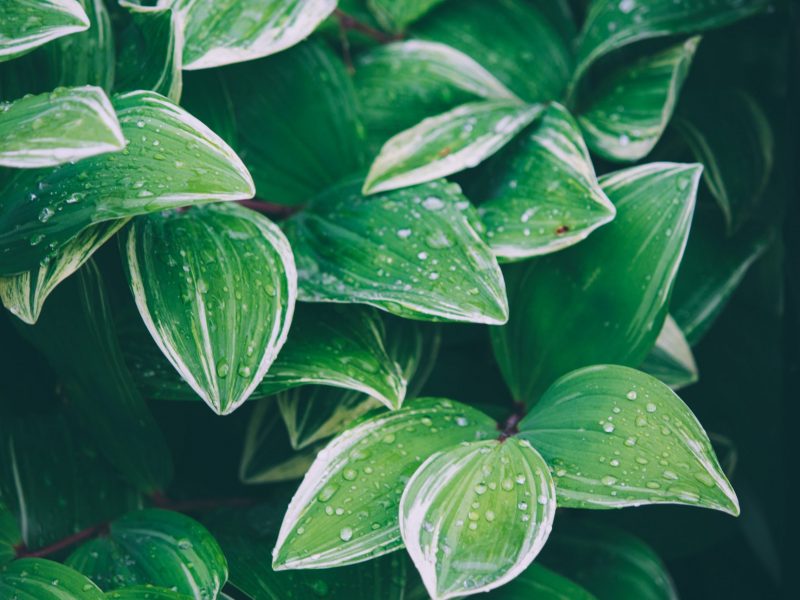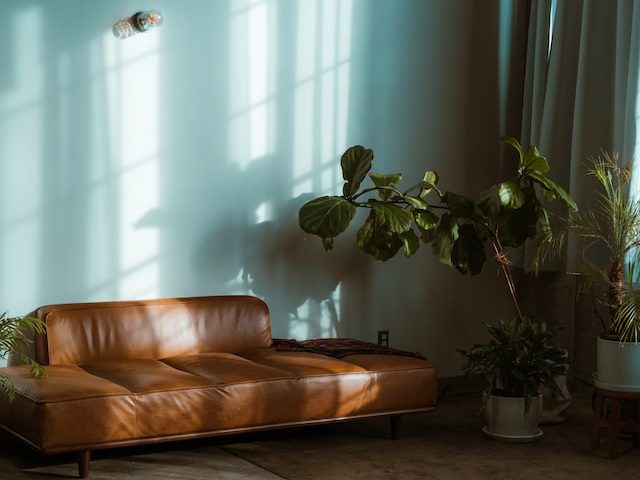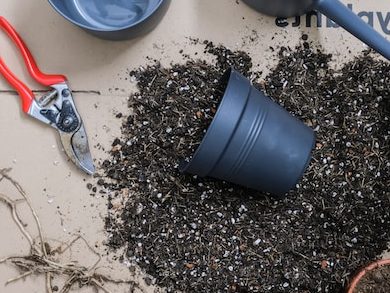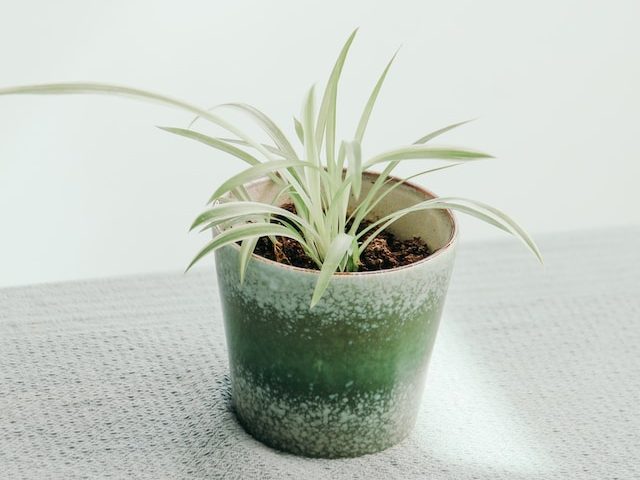Kentia Palm
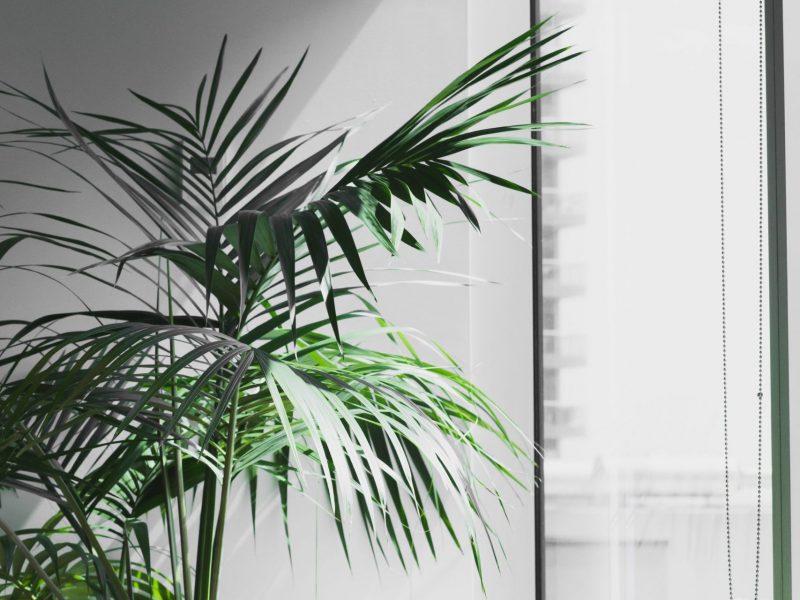
Introduction to Kentia Palm Care
The Kentia Palm, known scientifically as Howea forsteriana, indoor palm hailed for its elegant appearance and relatively low-maintenance care requirements. Possessing an ability to adapt to varying light conditions, this Palm is a favorite amongst plant enthusiasts and interior designers alike. However, while it may be more forgiving than some other species, successful Kentia Palm care still requires knowledge of its specific needs and preferences which we will go through in this guide.
Origin and History of the Kentia Palm
The Kentia Palm hails from the Lord Howe Island, a small, serene island off the eastern coast of Australia. The tranquil environment and unique climate of this location make it an ideal natural habitat for the Kentia Palm.
It was during the Victorian era that the Kentia Palm made its journey from Australia to Europe. Seed exporters started exporting seeds of the Kentia Palm from Lord Howe Island to European nurseries. Once there, these seeds were carefully cultivated until they grew into the striking palms that adorned many Victorian homes.
Interestingly, the Kentia Palm remains a crucial part of the economy of Lord Howe Island, the place of its origin. The island is the world’s primary supplier of Kentia Palm seeds, which are gathered sustainably from natural stands and exported worldwide.
Kentia Palm Characteristics
This Palm is known for its elegant, arching fronds that can grow up to 3 meters long. The Kentia Palm has smooth, slender trunks that are often clustered together, giving the plant a sophisticated and lush appearance.
Additionally, this palm variety is slow-growing, which allows it to maintain its size for a long period. This characteristic makes it an excellent choice for indoor gardening, as it won’t outgrow its space quickly.
Here are some key characteristics of the Kentia Palm:
- Height and Spread: Kentia Palms can reach up to 10 meters in height in their natural environment. However, when grown indoors, they usually reach a height between 1 to 3 meters. The spread of the plant is typically about 2 to 3 meters.
- Foliage: The fronds of the Kentia Palm are feather-like and arching, with each frond having up to 100 leaflets. The color of the foliage is a deep green that doesn’t fade or yellow.
- Growth Rate: This palm species is slow-growing. Indoor specimens may take several years to reach their full height, which is beneficial for homeowners who want a manageable indoor plant.
- Flower and Fruit: In its natural habitat, the Kentia Palm produces small, white flowers that develop into red-orange fruits. However, when grown indoors, it rarely flowers or produces fruit.
Watering Your Kentia Palm the Right Way
The Howea forsteriana is a tropical plant that prefers its soil to remain consistently moist but never overly saturated. Overwatering can lead to root rot, a condition that can be detrimental to the plant’s health. However, on the other hand, underwatering can lead to dry, brown leaf tips, although this is a slower issue to progress compared to the impact of overwatering.
Frequency
The frequency of watering a Kentia Palm depends largely on the time of year and the environment.
As a general guide, during the warmer months, your Kentia Palm may need watering as frequently as once a week. However, in the cooler months, you can reduce watering to about every two weeks, maybe even every three. It’s essential to remember that these are only guidelines; the specific needs of your plant may vary so adjust your watering frequency depending on your plant.
Checking Moisture Levels
Before watering your plant, it’s a good idea to check the moisture levels in the soil. One easy way to do this is by inserting your finger about an inch deep into the soil. If the soil feels dry at this depth, it’s time to water your Kentia Palm. If it still feels moist, wait a day or two and check again. You can also use a chopstick instead of your finger, or a moisture meter for a more accurate and precise reading.
Water Quality
The quality of the water you use can also affect your Kentia Palm’s health. Tap water often contains chemicals, such as chlorine, which can harm your plant’s root system over time, particularly if you live in a hard water area. If possible, use filtered or distilled water to water your Kentia Palm. Alternatively, you can leave tap water out for 24 hours before using it to water your plant. This allows the chlorine to evaporate, making the water safer for your Kentia Palm’s roots.
Watering Method
When watering your Kentia Palm, aim to water it thoroughly. This means watering until you see water start to come out of the drainage holes at the bottom of the pot. Afterwards, allow the pot to drain fully before placing it back in its usual spot. This helps to ensure that the roots are getting enough water without becoming waterlogged.
Lighting Requirements for Kentia Palm
Most Kentia Palms thrive in medium to bright, indirect light. They are tolerant of lower light conditions, but their growth could be slower, smaller and a little more leggy.
Direct, intense sunlight can cause the leaves to scorch and brown, which is indicative of damage so this should be avoided in summer (you can get away with more direct light in winter as the sun is weaker).
Humidity and Temperature Needs for Your Kentia Palm
Native to the Lord Howe Island of Australia, the Kentia Palm is accustomed to a tropical climate. It flourishes in temperatures between 65 and 85 degrees Fahrenheit. However, it can tolerate a wider range, from as low as 55 degrees to as high as 95 degrees Fahrenheit.
Avoid low temperatures though as exposing your plant to temperatures below 55 degrees can lead to the browning and wilting of fronds.
On the topic of humidity, Kentia Palms prefer moderately humid conditions. However, one of the reasons for their popularity as houseplants is their adaptability to various humidity levels. They can survive in lower humidity environments often found in most indoor settings, but for optimal health and growth, a relative humidity level of 40-50% is ideal. Any lower than 40% and you may start to see brown leaf tips develop over time.
Here are some tips for maintaining the ideal climate for your Kentia Palm:
- Keep your plant away from drafts, air conditioners, and heating vents. These can cause sudden changes in temperature.
- Place your Kentia Palm in a room with a consistent temperature. Rapid fluctuations can lead to leaf damage.
- To increase humidity, consider using a humidifier. Alternatively, place your pot on a tray of pebbles filled with water, ensuring the pot is above the water level. The evaporation will help to increase the humidity around your plant.
- Misting your Kentia Palm is another way to increase humidity in summer. However, do this sparingly in winter to avoid the risk of fungal disease.
Fertilizing Your Kentia Palm for Optimal Growth
Generally, Kentia Palms should be fertilized during the growing seasons of spring and summer. The plant’s nutrient needs decrease during the non-growing seasons of fall and winter so you shouldn’t be fertilizing during this time.
A slow-release, balanced houseplant fertilizer with a ratio of 3:1:2 or 1:1:1 of nitrogen, phosphorus, and potassium respectively, is often recommended for Kentia Palms.
- Nitrogen (N) – This nutrient promotes the growth of leaves and stems, giving the Kentia Palm its lush, green appearance.
- Phosphorus (P) – Phosphorus aids in the development of roots and blooms, strengthening the plant’s overall structure and health.
- Potassium (K) – Potassium boosts the plant’s overall health, improving disease resistance and water intake efficiency.
Pruning your Kentia Palm
When to Prune
Timing is key when it comes to pruning your Kentia Palm. Ideally, pruning should be done during the warmer months of the year, typically from spring to early summer. This is when the plant is in its active growing phase, allowing it to recover quickly from the pruning process.
What to Prune
When pruning your Kentia Palm, focus on removing the yellow, brown, or wilted leaves. This not only improves the plant’s overall appearance but also prevents the spread of possible diseases.
Avoid removing the green fronds unless they are overly large and blocking light to the lower parts of the plant. These leaves are important for photosynthesis, thus crucial for the plant’s health and growth.
How to Prune
- Sanitize your pruning shears: Always start by sanitizing your tools to prevent the spread of diseases. You can do this by wiping the blades with rubbing alcohol or a solution of one part bleach to nine parts water.
- Cut at the base: When removing a frond, make the cut as close to the base as possible. This helps prevent the development of stubs that can potentially harbor pests or diseases.
- Be gentle: Kentia Palms are delicate plants. Avoid tearing or ripping the fronds, as this can cause unnecessary stress to the plant.
Pest and Disease Management for Kentia Palm
The Kentia Palm is known for being relatively resistant to pests and diseases. However, like any houseplant, it can still be susceptible to certain issues and we’ve actually had to say goodbye to a Kentia Palm due to pests so it’s something to make sure you are aware of.
Pest Management
The most common pests that might make your Kentia Palm their new home include spider mites, scale insects, and mealybugs. These tiny creatures can cause discoloration, spots, and curling on the leaves.
- Spider mites: These pests are often found on the undersides of leaves. They suck plant sap, causing the leaves to develop yellow or brown spots. These can be a pain to get rid of so remove the worst affected leaves and treat with an insecticide frequently.
- Scale insects: Scale insects attach themselves to the plant and feed on its sap, leading to yellowing leaves. These can be removed by wiping the leaves with a cloth dipped in soapy water or an insecticidal soap.
- Mealybugs: These pests appear as white cottony masses on the leaves and stems. They can be controlled by dabbing the infested areas with a q-tip soaked in rubbing alcohol or using a neem oil spray.
Disease Management
Kentia Palms are less prone to diseases compared to other houseplants but they are not immune. The most common disease affecting Kentia Palms is root rot, often a result of overwatering.
Root rot is a fungal disease that leads to the decay of the roots, causing the plant to wilt and leaves to turn yellow or brown. To avoid root rot, ensure your Kentia Palm is planted in a well-draining soil and remove excess water from the saucer about 15 minutes after watering.
Another disease to look out for is leaf spot, which presents as brown or black spots on the leaves. This is often caused by bacteria or fungus and can be managed by reducing humidity around the plant and ensuring good air circulation.
Repotting Your Kentia Palm
Repotting a Kentia Palm is an essential practice for the plant’s health and growth but is quite commonly ignored by a lot of plant parents. Repotting allows the Kentia Palm to have access to fresh soil and more room for its roots to spread. However, it’s vital to remember that these palms prefer to be pot-bound and don’t require frequent repotting. Generally, it is only necessary to repot a Kentia Palm every two to three years.
Knowing When to Repot
It’s important to know the right time for repotting your Kentia Palm. One clear sign is when the roots start to become visible on the surface of the soil or poke out of the drainage holes at the bottom of the pot. Additionally, if your plant is growing slower than usual or shows signs of distress, such as yellowing leaves, it could need a larger pot. Inspect the root system to see if it is rootbound.
Step-by-step Guide to Repotting Your Kentia Palm
- Choosing the Right Pot: Select a new container that is 2-3 inches larger in diameter than the current one.
- Preparing the New Pot: Fill the new pot with a good quality potting mix, ideally one specifically designed for palms. Create a hole in the center, large enough to accommodate your palm’s root ball.
- Removing the Palm: Gently loosen the soil around the edges of the current pot and carefully remove the palm, ensuring not to damage the roots.
- Transferring the Palm: Place your Kentia Palm in the hole you’ve prepared in the new pot. Make sure the top of the root ball is level with the soil surface.
- Finishing Up: Fill the remaining space in the pot with soil, patting it down gently around the base of the palm. Water the plant thoroughly.
Kentia Palm Toxicity
The Kentia Palm is considered safe and non-toxic to pets and humans.
However, it is important to note that, like any other plant, it can cause mild digestive upset if ingested in large quantities. This is not due to toxic compounds but rather to the fact that our bodies, as well as those of our pets, are not designed to digest large amounts of plant material.
Cleaning your Palm
The routine cleaning of your Kentia palm is an essential task that should not be overlooked. This task not only improves the aesthetic appeal of your houseplant but also helps in maintaining its health. Dust can hinder the plant’s ability to absorb sunlight, a crucial element for photosynthesis, and can also attract pests.
Start the cleaning process by simply using a soft cloth or sponge. It’s important to be gentle to avoid causing damage to the fronds. Always remember to work from the base of the leaf to the tip to prevent tearing and place your other hand at the back of the leaf for support.
When cleaning your Kentia palm, avoid using any form of leaf shine products. These products can block the plant’s stomata (tiny pores), impeding its ability to breathe and carry out photosynthesis.
It is also beneficial to occasionally give your Kentia palm a gentle shower. This can be accomplished by taking the plant to a location where it can be safely drenched, such as an outdoor space, a sink, or a bathtub. Use tepid water and allow the plant to drain thoroughly before returning it to its original location.
Kentia Palm FAQs
How big do Kentia Palms get?
When grown indoors, Kentia Palms can reach 2-4 meters (6-13 feet) in height.
How quickly do Kentia Palms grow?
Kentia Palms are quite slow growing and it can take many years for them to fully mature. However, the perk of this is that they won’t outgrow the space very quickly and you don’t need to worry about repotting each year.
How often should I water my Kentia Palm?
You want to water your Kentia Palm moderately, about once a week during summer and less during winter. They don’t like to have super dry soil but also won’t cope well with soggy soil as that can quickly cause root rot.
How much sunlight do Kentia Palms need?
Kentia Palms thrive in bright but indirect sunlight. Although they can adapt to lower light areas, growth will be slower.
Are Kentia Palms toxic?
Kentia Palms are completely safe and non-toxic making them perfect for every home.
Common Problems with your Kentia Palm
Why are leaf tips on my Kentia Palm turning brown?
If you notice that your Kentia Palm’s leaf tips are turning crispy brown, this is most likely due to underwatering which is drying out the leaves. Check the moisture in the soil and water your palm more regularly. Remember Kentia Palms don’t like to dry out completely in between waterings.
Why are some of the leaves on my Kentia Palm turning yellow?
Yellowing leaves on Kentia Palms is most often caused by root rot meaning you are overwatering your palm. Replace the soil if it is waterlogged and water less frequently. Find out more in our post about yellow Kentia Palm leaves.
My Kentia Palm is unstable
Overwatering can affect the root system which will mean your Kentia Palm is unable to stand upright. The best option is to stop watering as much for a while. If the problem persists, try taking your palm out of the pot and replacing the soil.



